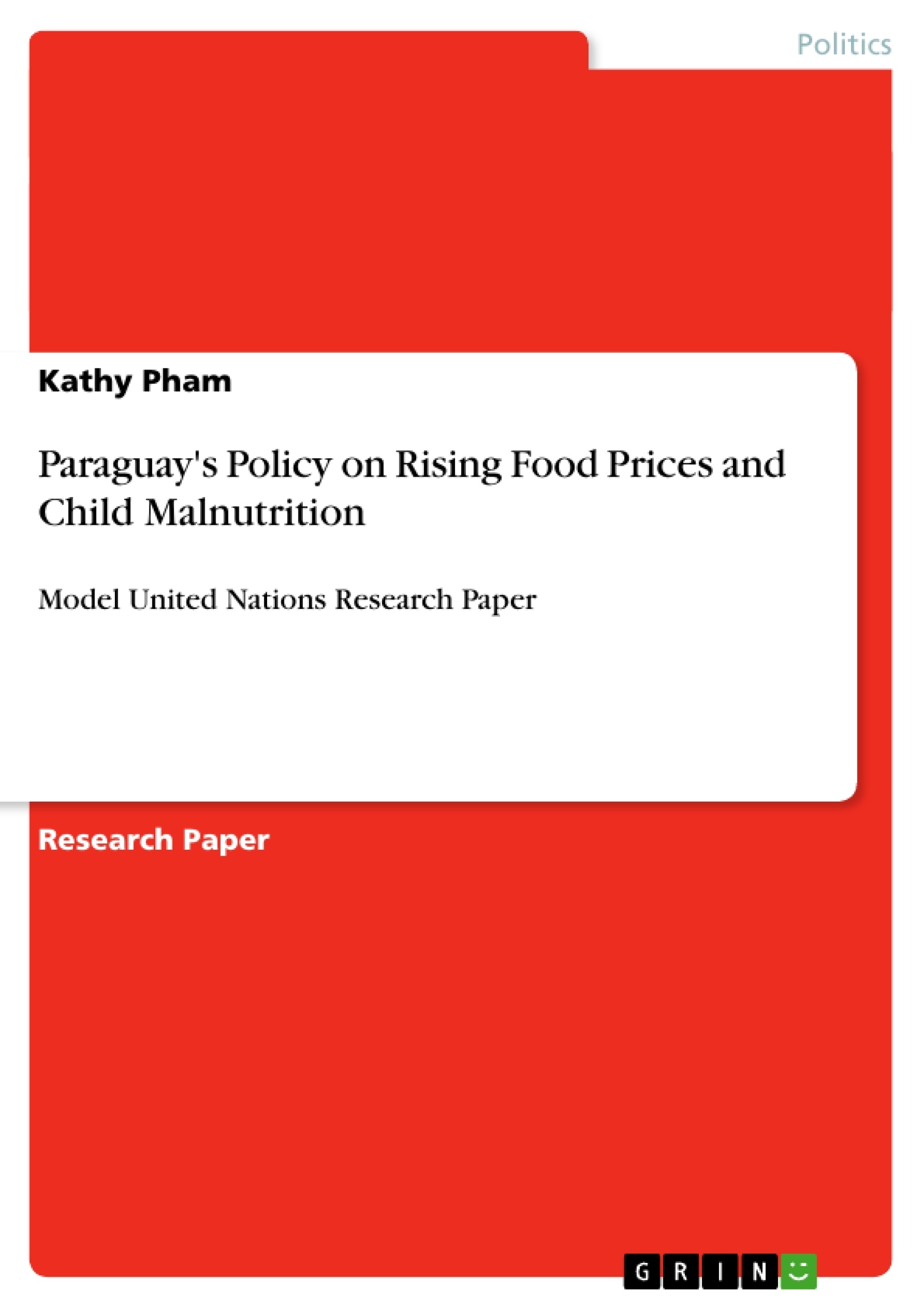Growing population elevates demand; and obviously, the world population has not ceased in its growth. Global food prices increased over 83 percent in the past three years, according to the World Bank Group1. Considering the world economy's decline, trade sanctions and inefficient use of land, the disposition may worsen. Food price inflation “will depend on how global supply will respond and on whether demand will continue to grow as rapidly as in the recent past”2. This issue affects everyone: consumers, sellers, merchandisers—from the wealthy to the poor. Unfortunately, the poorest reportedly devote three-fourths of their earnings buying food, and millions are undernourished3. Hunger and poverty exist in strong correlation; high food prices hamper progress towards the first target in the Millennium Development Goals, to halve the proportion of the people making under a dollar a day and the people going hungry from 1990 levels. More people will forgo proper meals if this trend of rising food prices persists. Even worse, the crisis “threatens to undo all our good work,”4.
Inhaltsverzeichnis (Table of Contents)
- Topic Description
- Past United Nations Actions
- Delegation Policy
- Proposed Solutions
Zielsetzung und Themenschwerpunkte (Objectives and Key Themes)
This paper explores the challenges posed by food price inflation and examines potential solutions to mitigate its impact on global food security. It highlights the need for international cooperation and coordinated efforts to address this pressing issue.- Food Price Inflation and its Impact on Global Food Security
- The Role of the United Nations in Addressing Food Price Inflation
- National and International Policy Responses to Food Price Inflation
- The Importance of International Cooperation and Coordination
- The Need for Sustainable Solutions to Ensure Long-Term Food Security
Zusammenfassung der Kapitel (Chapter Summaries)
Topic Description
This section provides a comprehensive overview of the topic of food price inflation, highlighting its causes, consequences, and impact on various stakeholders. The paper underscores the disproportionate impact on the poorest segments of the population.Past United Nations Actions
This section explores the historical response of the United Nations to food price inflation, detailing initiatives like the World Food Programme’s funding appeals and the establishment of local food assistance programs. The section also mentions research and policy initiatives undertaken by the UN in this area.Delegation Policy
This section focuses on the Republic of Paraguay’s stance on food price inflation, acknowledging the challenges faced by the country while highlighting its commitment to food security and its participation in global efforts to address the issue.Proposed Solutions
This section outlines three key initiatives proposed by the Republic of Paraguay to tackle food price inflation: annulling food export bans, strengthening governments, and continuing WFP fundraising efforts. The section analyzes the rationale behind each proposal and emphasizes the need for international collaboration to implement these solutions.Schlüsselwörter (Keywords)
This document focuses on the critical issues of food price inflation, global food security, the role of the United Nations in addressing these challenges, and the need for international cooperation to achieve sustainable solutions. It emphasizes the importance of policy responses, humanitarian aid, and long-term strategies to mitigate the impact of food price fluctuations and ensure adequate food access for all.- Citation du texte
- Kathy Pham (Auteur), 2009, Paraguay's Policy on Rising Food Prices and Child Malnutrition, Munich, GRIN Verlag, https://www.grin.com/document/215646



